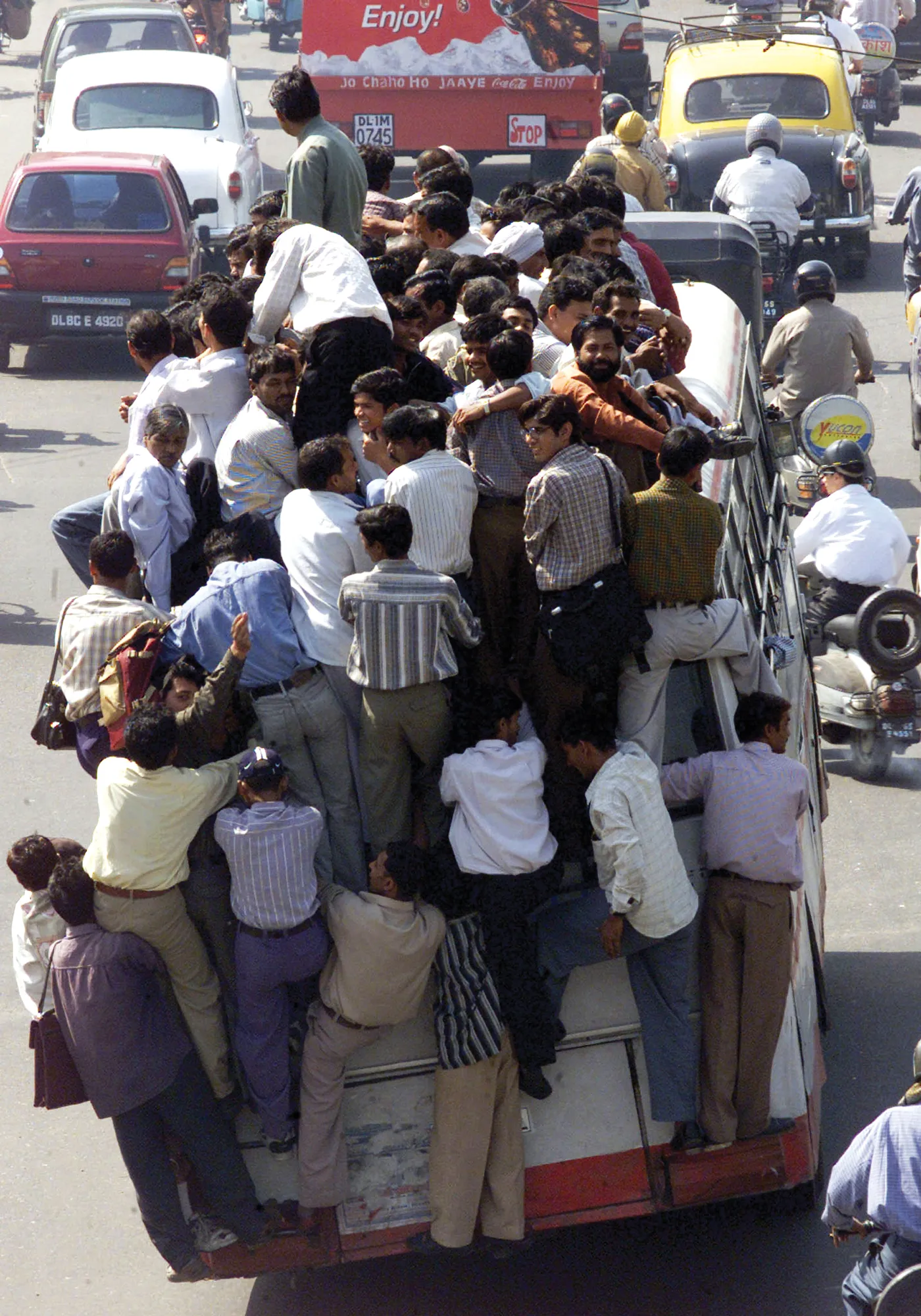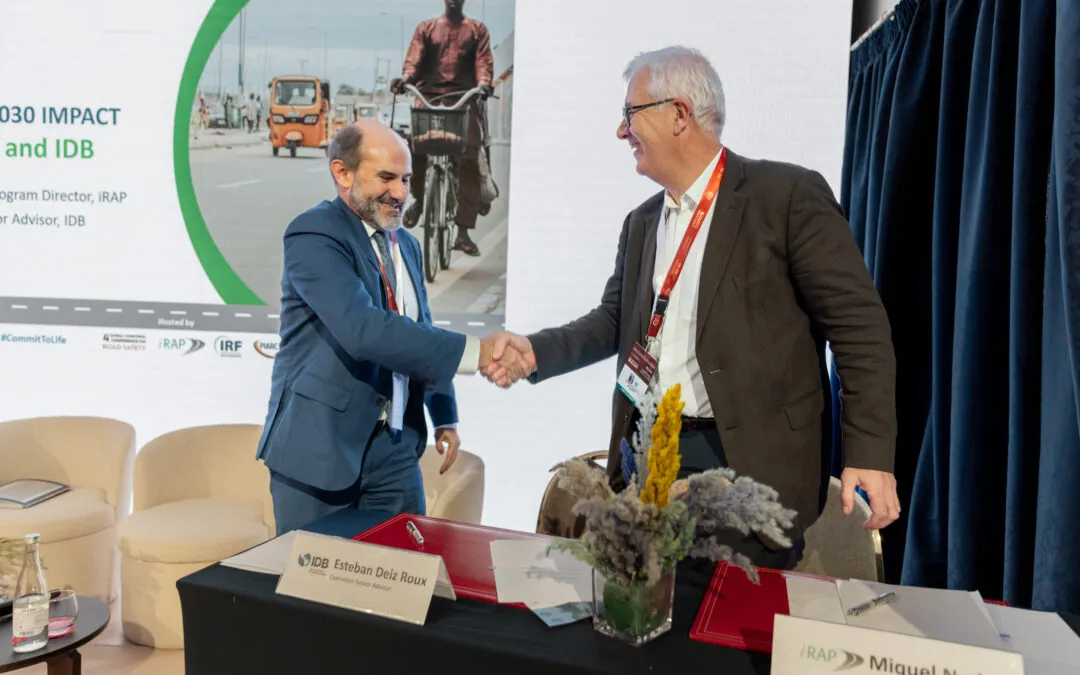New research in Spain that explored solutions to reducing traffic noise suggests that the best option is to combine global measures, such as speed restrictions, and local measures, such as noise screens.
May 3, 2012
Read time: 3 mins
New research in Spain that explored solutions to reducing traffic noise suggests that the best option is to combine global measures, such as speed restrictions, and local measures, such as noise screens.
In 2000, it was estimated that more than 44 per cent of European citizens (or about 210 million people) were exposed to road traffic noise levels that exceeded 55 decibels (dB). Excessive noise can be detrimental to health with effects on sleep, mental health and physical performance. The study is based on a noise-mapping project for the entire city of Palma de Mallorca. The noise maps were created with a model (CadnaA) that used geographic data on traffic, weather and populations. Using the maps, the study analysed possible noise mitigation solutions.
The noise maps revealed that the highest noise levels were near main roads and the highway. Nearly the whole population is exposed to noise levels of more than 55 dB (weighted day-night noise level LDen) and 50 dB during the night (LNight).
Based on traffic composition, the study divided the city into two parts, the city centre and the highway, and proposed four possible noise mitigation solutions:
Using the noise maps and modelling techniques the study compared the impacts of these four scenarios. All solutions were found to reduce the number of people exposed to the highest noise levels. Both global traffic management measures and local physical measures, such as barriers, reduce the number of inhabitants exposed to noise levels above 65 dB, but it is a combination that yields the best results with a 31% reduction in the population exposed to levels exceeding 65 dB.
Scenario 2, which uses traffic management techniques, is the most cost-effective over one year. However, after two years it is the solution that combines global and local measures (Scenario 3) that is the most cost-effective, producing benefits worth €2,821,076 per year with total initial construction costs of €2,221,560. Scenario 3 also offers the highest noise level reduction, with levels reduced by up to 5dB (as opposed to 3-4 dB in Scenario 2).
The study noted that some noise measures can interfere with other objectives, such as road safety, energy consumption and congestion. This must be considered when developing mitigation plans by involving stakeholders from other policy sectors, such as transport planning, road maintenance and air quality.
In 2000, it was estimated that more than 44 per cent of European citizens (or about 210 million people) were exposed to road traffic noise levels that exceeded 55 decibels (dB). Excessive noise can be detrimental to health with effects on sleep, mental health and physical performance. The study is based on a noise-mapping project for the entire city of Palma de Mallorca. The noise maps were created with a model (CadnaA) that used geographic data on traffic, weather and populations. Using the maps, the study analysed possible noise mitigation solutions.
The noise maps revealed that the highest noise levels were near main roads and the highway. Nearly the whole population is exposed to noise levels of more than 55 dB (weighted day-night noise level LDen) and 50 dB during the night (LNight).
Based on traffic composition, the study divided the city into two parts, the city centre and the highway, and proposed four possible noise mitigation solutions:
- A 50% reduction of heavy vehicles (HVs) in the city centre and a speed reduction from 90 to 70 km/hour on the highway.
- A 50% reduction of all vehicles in the city centre and a speed reduction on the highway to 60 km/hour for HVs and to 70 km/hour for light vehicles.
- A 75% reduction of HVs and a 50% reduction of light vehicles in the city centre and on the highway, and a speed reduction to 60 km/hour for HVs and to 70 km/hour for light vehicles.
- The use of local measures, such as tunnels and noise barriers, on the highway.
Using the noise maps and modelling techniques the study compared the impacts of these four scenarios. All solutions were found to reduce the number of people exposed to the highest noise levels. Both global traffic management measures and local physical measures, such as barriers, reduce the number of inhabitants exposed to noise levels above 65 dB, but it is a combination that yields the best results with a 31% reduction in the population exposed to levels exceeding 65 dB.
Scenario 2, which uses traffic management techniques, is the most cost-effective over one year. However, after two years it is the solution that combines global and local measures (Scenario 3) that is the most cost-effective, producing benefits worth €2,821,076 per year with total initial construction costs of €2,221,560. Scenario 3 also offers the highest noise level reduction, with levels reduced by up to 5dB (as opposed to 3-4 dB in Scenario 2).
The study noted that some noise measures can interfere with other objectives, such as road safety, energy consumption and congestion. This must be considered when developing mitigation plans by involving stakeholders from other policy sectors, such as transport planning, road maintenance and air quality.








